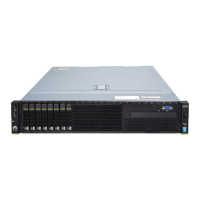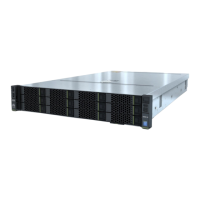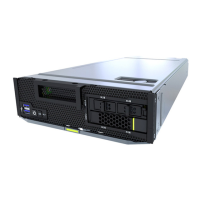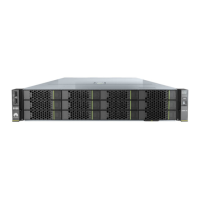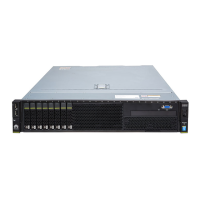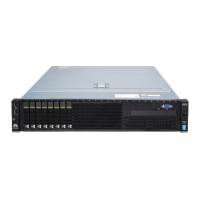56
www.huawei.com ▪ Huawei Confidential ▪ 56
How to Defend: Advantages of Other Vendors
Server Model Advantage How to Defend
SuperMicro 4028GR-TRT2 1. Supports 24*2.5'' SSD/HDD.
2. Supports on-board 2*10GE/GE.
1. The full-width G560 supports 8*3.5'' SSD/HDD and the capacity is sufficient.
6*NVMe drives are supported and deliver higher performance.
2. Huawei supports 3 or 4*PCIe x16 expansion cards, and the number of network
ports is sufficient.
SuperMicro 4028GR-TXRT 1. 8*NVLink GPU cards are
supported.
See "Disadvantages" in the next slide.
HPE Apollo 6500 1. High GPU density: 2U-8GPU
2. Bandwidth from the CPU to the
GPU: 2*PCIe x16 in the case of
1:8; 4*PCIe x16 in the case of 1:4
1. High density can be viewed from the cabinet power supply and single power shelf
perspective.
(1) See "Disadvantages" in the next slide.
(2) The Apollo 6500 cannot be configured with power modules, and the 1.5U power
shelf needs to be configured additionally. The power supply requires separate
cabling and the actual density is 3U-8GPU.
2. The GPU server performs high-speed computing on the GPU, with very little
interaction with the CPU. For example: In the AI scenario with the 6500 of 1:8
configuration, the forwarding latency between two 4GPU s is relatively high. In the
case of 1:4, the forwarding latency between two 2GPU s is also relatively high. (In
some HPC scenarios, when a large amount of interaction is required between the
CPU and the GPU, the high bandwidth has many advantages.)
Inspur: NF5288M5(AGX-2) 1. High GPU density: 2U-8GPU 1. High density: Power supply and power modules in the equipment room cannot
support full load.
(1) See "Disadvantages" in the next slide.
(2) The NF5288M5 can be configured with up to two power modules of up to 3000
W. The power supply is insufficient in the case of full load.

